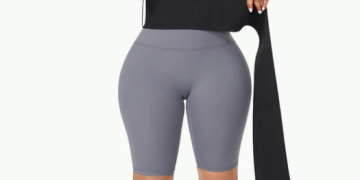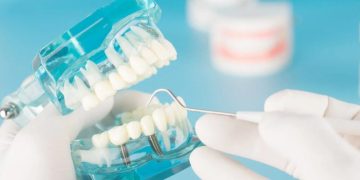When it comes to braces, aligners and even retainers, most people assume that these are options that are only worn and or needed by kids and teenagers.
However, there have been a lot of changes to the field of orthodontic care over the last 10-20 years, all of which have benefited the average dental clinic.
Of course, most people are familiar with the newer inventions in orthodontics, such as Invisalign and lingual braces, which offer patients the ability to straighten their teeth without visual complications.
Although, there are many things that can come along with aligners, braces and misalignments in general that you may be unaware of and even find surprising when you go to a dentist or start using braces and retainers.
So, this article seeks to explore 5 points that all patients should know when they are attending an orthodontic appointment about some of the lesser-known treatment options, add-ons that can seem scary and even the long-term prognosis for complicated misalignments. Enjoy!
Orthognathic surgery
Statistically, it is unlikely that an adult would need to undertake orthognathic surgery in the UK.
This is because most children see a dentist by the time they are 7, and these surgeries are usually performed after that. However, if this was missed due to some reason, you may be surprised to learn that you may be eligible for orthognathic surgery.
Orthognathic surgery, or jaw surgery, is a surgical procedure performed to correct irregularities or abnormalities of the jawbones and teeth. It involves repositioning the upper jaw (maxilla), lower jaw (mandible), or both to improve the bite, facial symmetry, and overall function. It is recommended for people with severe underbites, open bites, underdeveloped mandibles or maxillas and complex overbites.
It can also be used to correct issues with facial symmetry. So, if you have concerns about your bite, it may be worth talking to your dentist Brentwood about getting a referral to a dentist.
Brace screws or temporary anchorage device
If you have fixed braces, you may be puzzled when your dentist mentions a temporary anchorage device (also known as a TAD) or a brace screw.
A TAD is a miniature implant used in orthodontics to provide additional stability and control during tooth movement. It is typically placed in the jawbone to serve as an anchor for braces or other orthodontic appliances and is later removed after treatment completion. It sounds uncomfortable, but it can be used to help with complex misalignments, helping you get the straighter smile you want!
Retainer gag
So, you’ve just gotten your Invisalign aligners, or you have completed the process of wearing braces and have gotten your retainer. Great!
However, when you put the aligners or the retainer in, you feel like you want to throw up; what’s going on?
This is known as a retainer gag and is extremely common for people who have a sensitive gag reflex. In essence, what is happening is that the retainer or aligner is hitting the soft tissues at the back of the mouth and is causing you to feel like you need to throw up.
For many patients, this is a temporary issue that resolves on its own. For others, if it is persistent and preventing you from wearing the retainer or aligner, you need to talk to your dentist or dental team; they can adjust the size of the device such that it doesn’t poke the back of your mouth and can help you get the most out of the process.
Retainers

A retainer is a custom-made orthodontic appliance used to maintain the position of your teeth after braces. It is typically prescribed by a dentist to ensure that the teeth remain in their new positions and do not relapse or shift back to their original misaligned positions. Retainers are usually made of clear plastic or wire and are designed to fit snugly over the teeth. They are created based on impressions or digital scans of the patient’s teeth, ensuring a precise fit. The retainer applies gentle pressure to the teeth, holding them in their new positions and allowing the surrounding tissues and bone to adapt.
There are two main types of retainers: removable and fixed. Removable retainers can be taken out for eating, brushing, and flossing, while fixed retainers are bonded to the back of the teeth using dental adhesive and remain in place permanently.
You will have to check that the retainer is kept in place; otherwise, it can move, and your teeth may begin to shift.








































